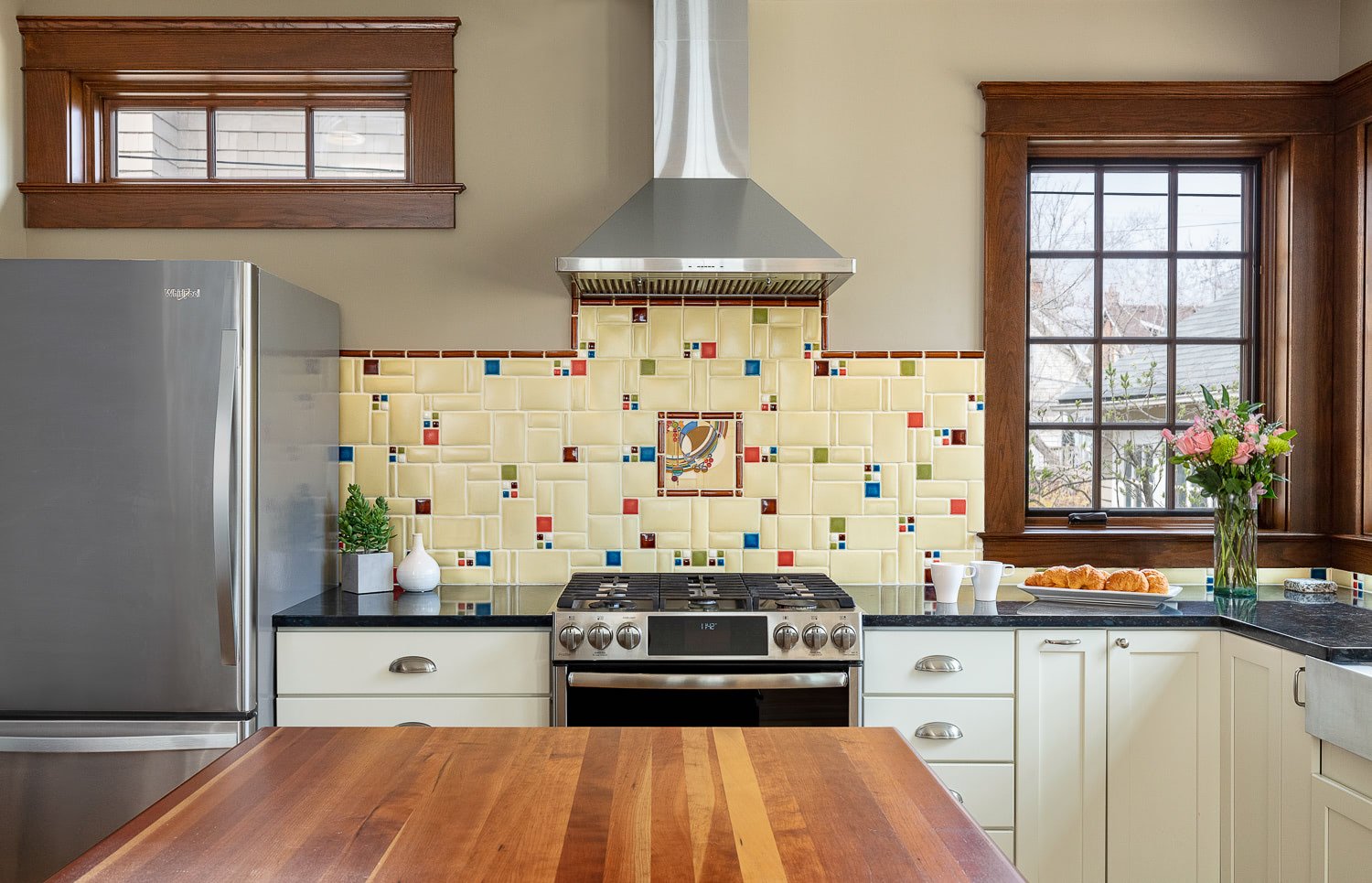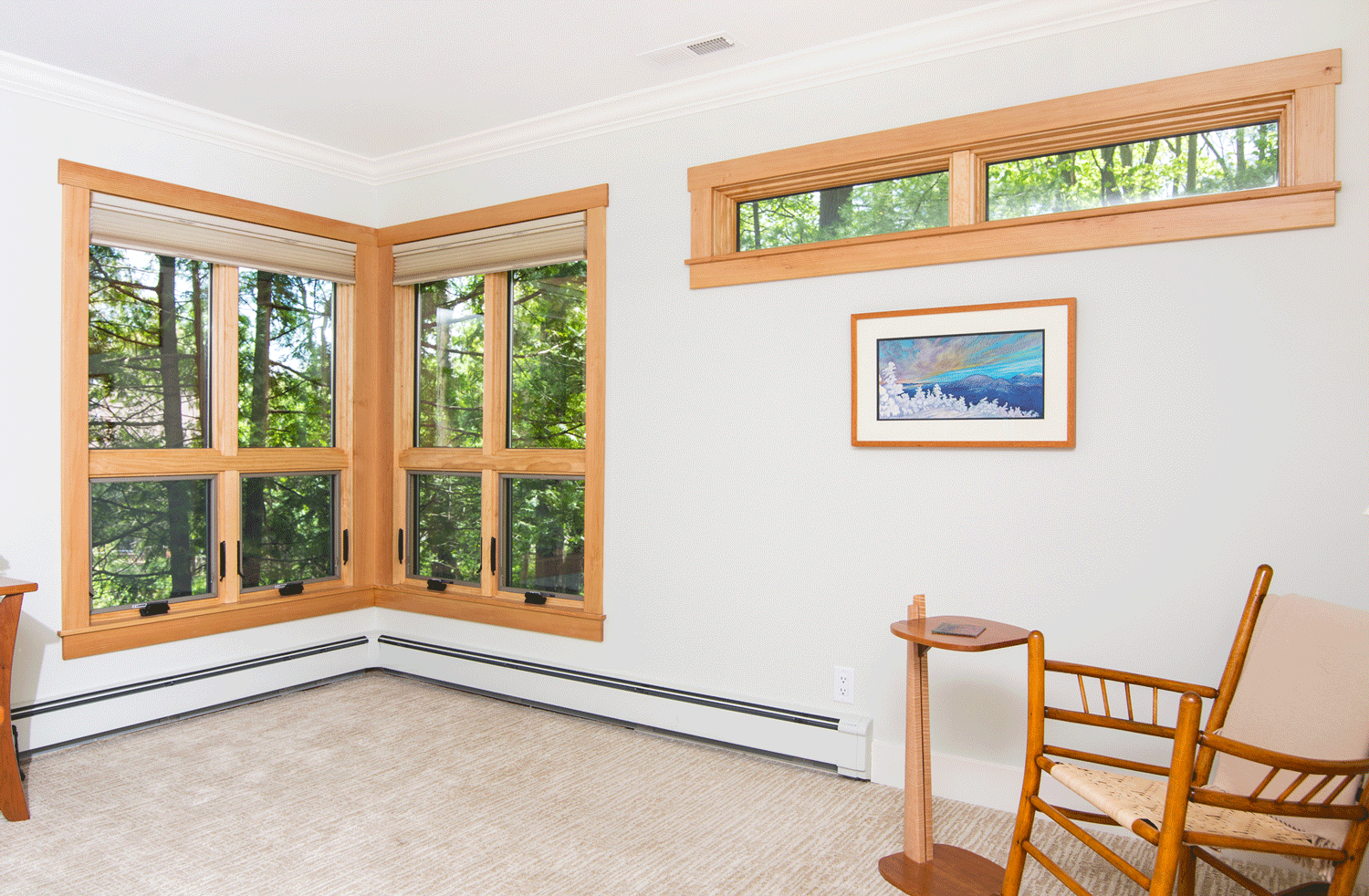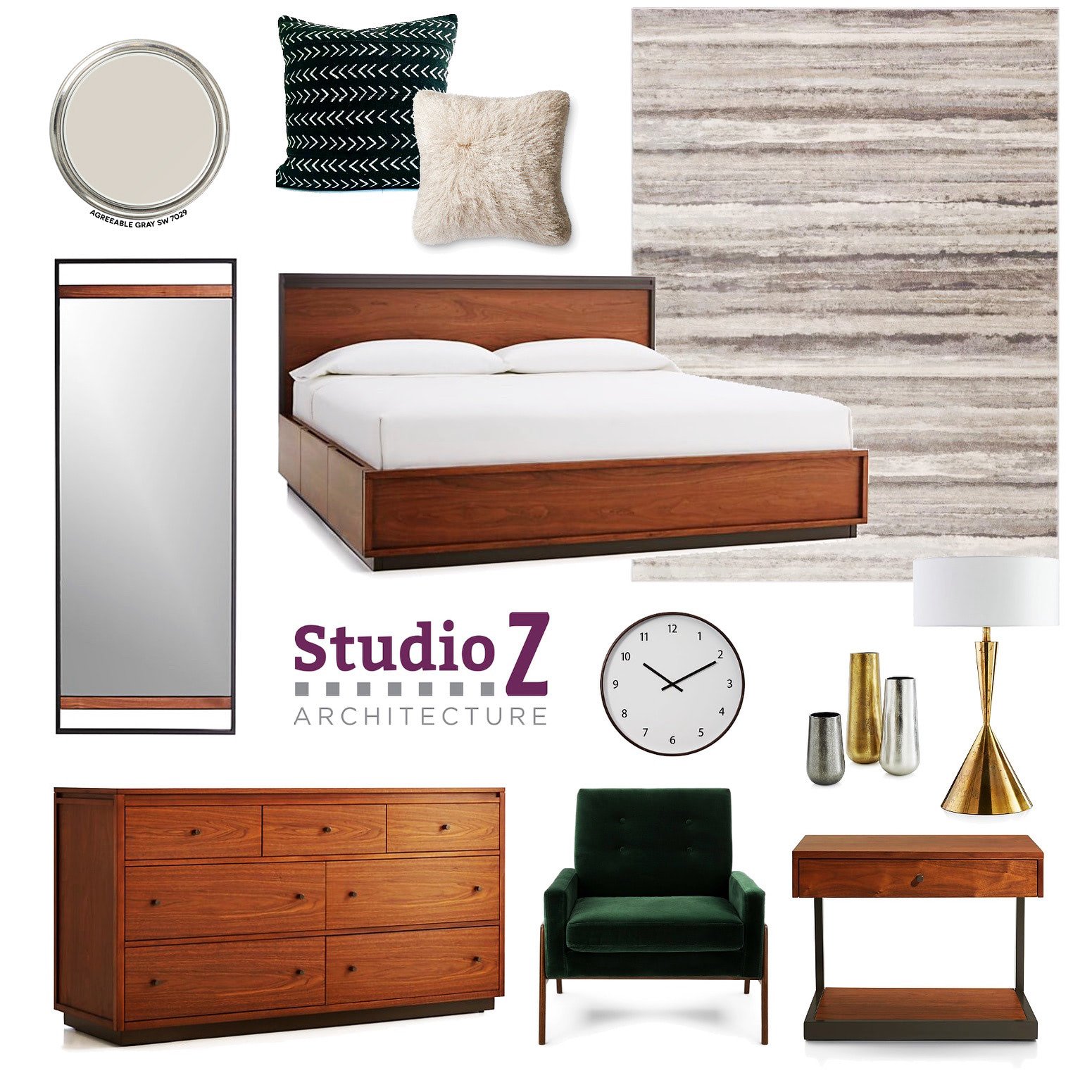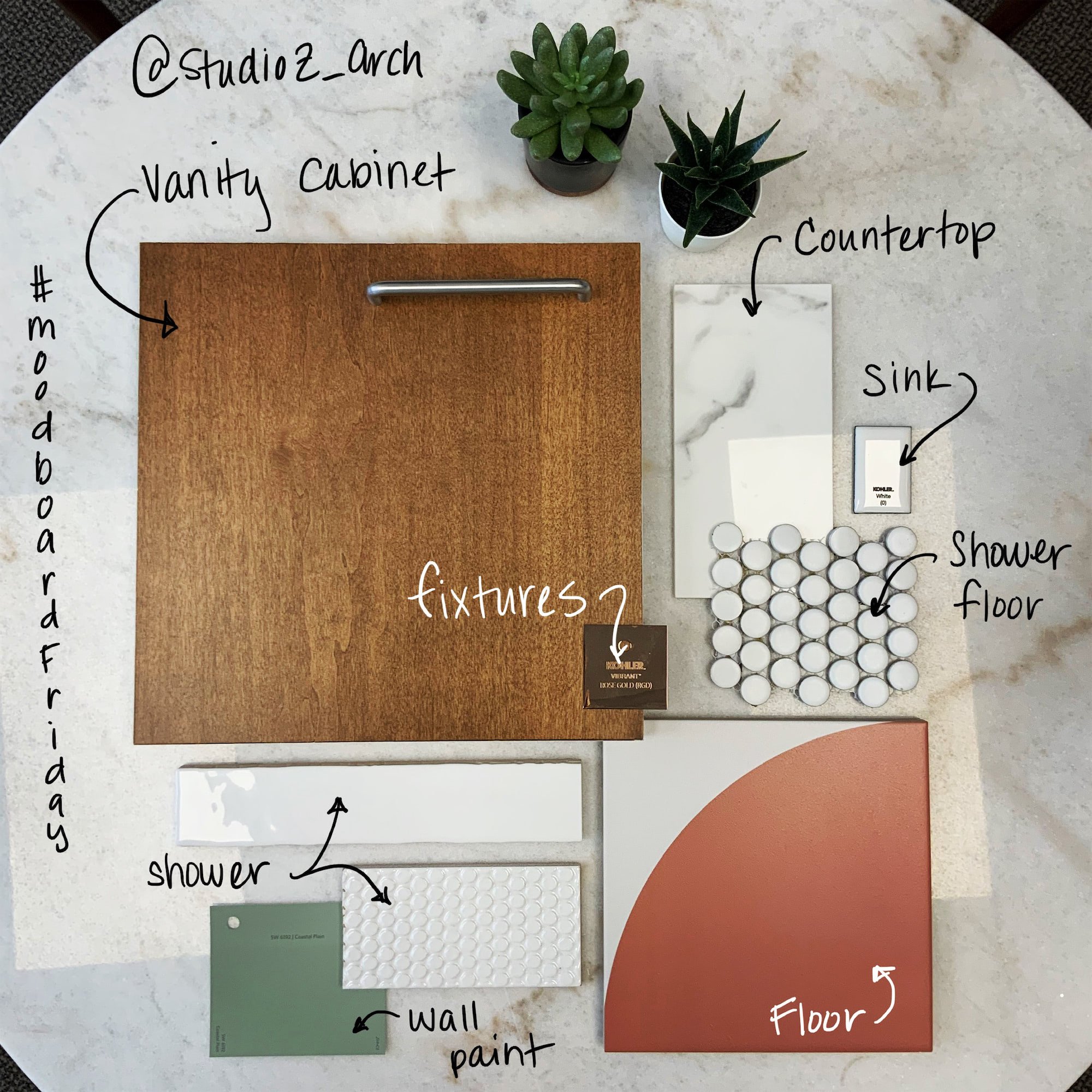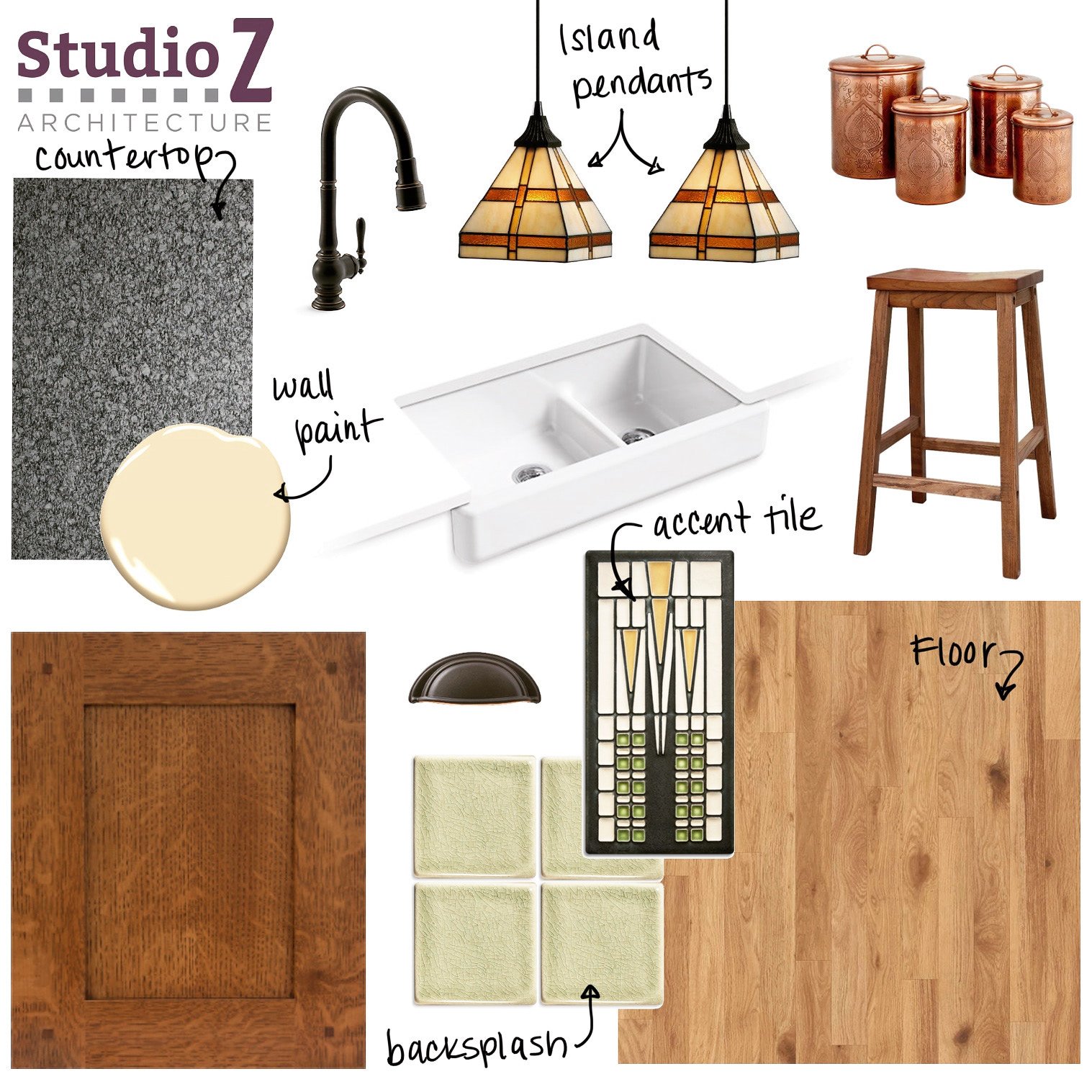Interior Design trends take a more natural approach
Style, comfort, and materials
While minimalism and sleek design trends are unlikely to fade completely, current trends suggest a more natural approach to design features. Across flooring, tiles, and built-in design, we find ourselves and our clients attracted to more natural wood and sustainably-sourced materials.
At Studio Z, we believe that this trend towards natural materials is here to stay. With everyone spending more time at home over the past two years—often working from home, a continuing shift towards a more environmentally-conscious mindset, and the rising costs of building materials, we’re seeing a more natural approach to interior design.
But what does this shift to natural materials mean for existing modern aesthetics? Are we headed back to the days of the orange oak and pine paneling cabin-in-the-woods look, or is the new ‘natural approach’ adopting a more contemporary and quality-focused vibe?
1. Flooring Trends: Nature underfoot creates connected, healthier interiors
When it comes to flooring, there’s a growing love for natural materials, such as bamboo and reclaimed hardwood flooring. We’re also finding that many renovation projects include restoring hardwood flooring currently hidden beneath carpets to its former glory.
At Studio Z, we absolutely love it when clients come to us after buying an older house. They’re just as excited as we are about what can be repurposed and given a second chance at life.
For the past decade, it seems many homeowners went all-in on clean, almost clinical plain ceramic or vinyl flooring because it’s easy to clean. And while luxury vinyl tile (LVT) isn’t likely to go out of use anytime soon, we are happy to see a variety of warmer and more aesthetically-pleasing flooring options.
In particular, natural wood is making a comeback, with biophilic design undoubtedly having a heavy influence. Biophilic design is an approach to architecture and interior design that aims to connect homeowners more closely to nature. With a biophilic design approach, a home can become a healthier environment, with design features that include better ventilation, lighting, and more natural design elements.
When it comes to more natural flooring materials, both warm and neutral tones can work exceptionally well. In smaller spaces that would feel closed in with darker floors, we have a particular appreciation for light, neutral and modern tones (those Scandinavian design elements aren’t going away!).
When faced with a 1990s-era bathroom in need of serious updating, our team at Studio Z decided to balance natural materials with a modern aesthetic. We added a slip-resistant pebble shower floor to make a statement in keeping with the natural sensibility. Overall, the design was a huge success, with the right level of design and functionality to tie in with the rest of the home.
When formulating a design such as this one, it’s important to remember that as designers, we need to envisage what the client wants. At the same time, we need to use our expertise to implement what we know works and what will prove to last over the years, both in design and performance. In this case, even if our client decides to change other elements of their bathroom design in the future, we’re confident that the natural shower floor will stay.
2. Tile Trends: Artisan styles make bold statements & bring nature indoors
Tile is always an interesting subject for interior designers, architects, and homeowners alike. The possibilities are endless, and yet choosing the perfect tile for a home can feel like one of the most challenging tasks when it comes to designing a home.
Few design experts will ever start their design journey with a specific tile. Instead, the right tile usually shows up after extensive research. With sustainable sourcing now a core theme of residential interior design, seeking out local and bespoke suppliers is a good first step.
Our Ann Arbor Craftsman Home Renovation project started with an awkward 1980s F-shaped kitchen that needed complete reworking. Once we had reconfigured the shape and style of the kitchen, we used locally-sourced artisan tiles with an emphasis on natural tones to create a better sense of cohesion between the kitchen and the garden space it overlooks.
When a room has direct access to an outdoor space, it’s critical to incorporate—even design around—this connection between interior and nature. With the trend towards a more natural way of viewing interior design and home build projects, architects and contractors are looking for solutions to more seamlessly relate outdoor areas to the interiors.
While natural tones and materials are a great way to bring the outdoors in, they’re also an excellent tool for creating a sense of outdoor space where none exists. With more people working from home, adding a sense of fresh air to a home’s indoor spaces isn’t only what people want — it’s what they need.
3. Trends in Cabinetry & Woodwork: Built-in storage designed for ease
As previously mentioned, with a lot more people now working from home, built-in design is in the spotlight! Homeowners want to use the space they have and tie in design elements that help separate their ‘work’ and ‘home’ lives.
Because of this, built-in storage is proving popular across all age groups of homeowners. It is especially helpful for keeping distracting clutter out of sight and promoting a calmer feeling in any space.
One recent trend we like is creating built-in storage and fold-away desks to add work-from-home spaces that don’t feel like office cubicles. Instead of the sleek surfaces of popular flat-pack furniture, we see a use of mixed wood tones, even contrasting neutral and warmer woods in the same room.
We designed beautiful Douglas fir windows for the primary suite of the Ann Arbor project we recently completed and balanced this feature with cooler-toned flooring. The cabinets in the bathroom maximize storage space and complement the wall and floor tile. The theme for this space was peace and serenity, and natural materials help carry that theme throughout the home.
“Natural" is THE Timeless Interior Design Trend
The thing with good design and quality materials is that they never go out of fashion. Even if a homeowner chooses to change some interior design elements in the future, we predict they’ll retain the natural elements we are adding to their homes. This is because while the popularity of some design features fades, natural elements will always make perfect design sense.
What home design trends fit your life?
At Studio Z Architecture, we can help you transform your home into the one you really want (and totally deserve)—a home that beautifully reflects your personality, lifestyle, and needs while functioning effortlessly to make everyday life that bit better.
Get in touch today to get started.
This is an expanded version of our AIA-MIDesign Perspectives guest article featured in CAM Magazine, the publication of the Construction Association of Michigan.




